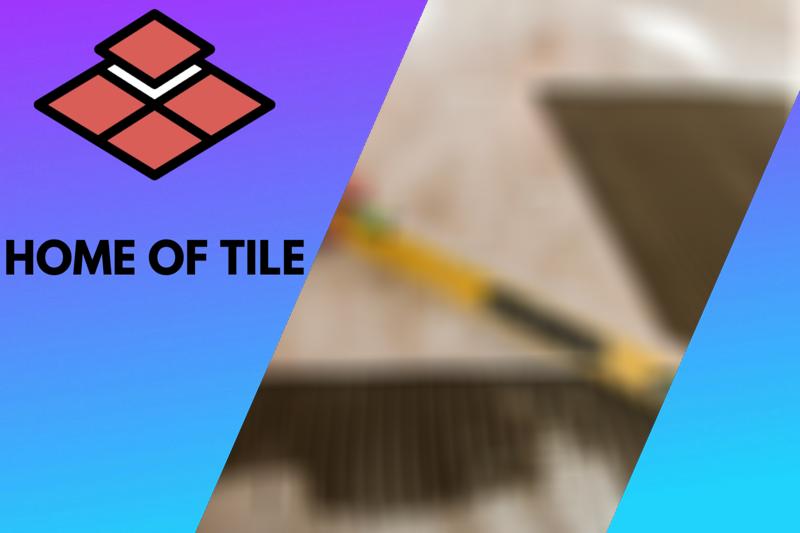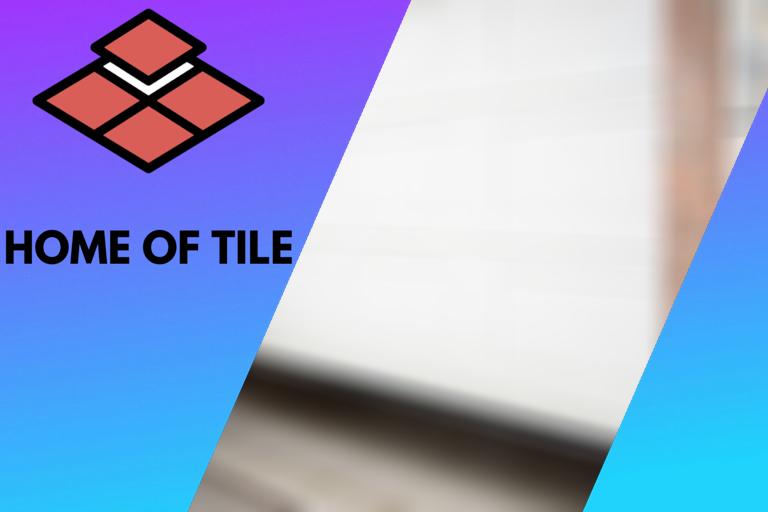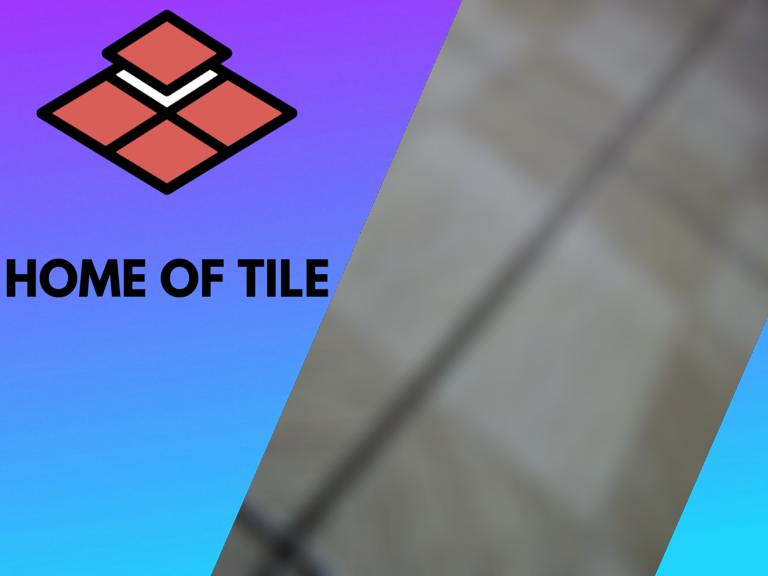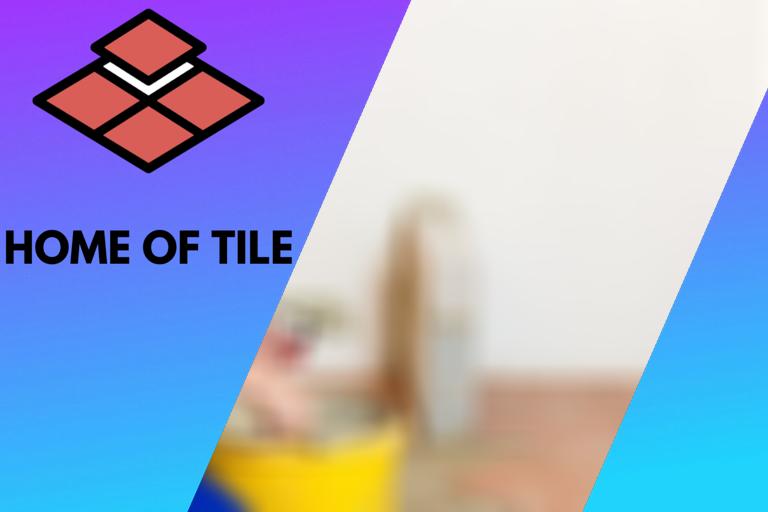Tiling and Leveling: 8 Things You Should Know
Before starting any construction job, there are some preparations that you need to do first to ensure perfect results. For tiling, the list of these preparations includes cleaning the surface, priming and sealing it, filling holes, and most importantly, leveling the surface that will be tiled.
Leveling the wall is necessary because a non-leveled surface will cause trouble while tiling. Tiles are rigid materials that won’t adjust to the uneven seams of the wall and floor, leading to noticeable imperfections, such as an uneven tile surface or, ultimately, cracks in the tiles.

This article will discuss eight things you should know about leveling different surfaces and making necessary preparations before tiling. So you can tile walls and floors like a pro, save yourself time and money and do not make common mistakes.
Contents
- 1 Do I Need to Level a Concrete Floor Before Tiling?
- 2 Do You Need to Level a Floor Before Tiling
- 3 Do You Need to Seal the Self-Leveling Compound Before Tiling?
- 4 How to Self-Level a Floor Before Tiling?
- 5 How to Use a Laser Level for Tiling Floor?
- 6 Leveling a Bathroom Floor for Tiling, some helpful tips:
- 7 Leveling Uneven Floors for Tiling, some helpful tips:
- 8 Prime Self-Leveling Before Tiling, some helpful tips:
Do I Need to Level a Concrete Floor Before Tiling?
In general, you should always ensure an even and level floor before tiling. Check the concrete floor. If it is reasonably straight and level, there is no need to level it. But when the concrete has major damage, like holes or bumps, leveling is needed.
Floors should be flat but do not always have to be perfectly leveled. There are certain areas in the house where the floors need to be slightly off level to ensure that water will be drained out easily. These are mostly floors of bathrooms, kitchens, and porches.
For most other rooms, a level and even concrete floor is the best basis for a good tiling result.
Do You Need to Level a Floor Before Tiling
In general, leveling is only needed when a floor is uneven or has major damage. Floors in wet areas are even meant to be at a small angle to ensure that water will drain to a certain point.
Laying tile on an uneven or damaged floor will increase the chance of tiles cracking. Minor damage can be repaired. For bigger damage, leveling is often a better option. For concrete floors and most other floor types, you can use a self-leveling compound. Alternatively, you can also use an additional substrate from a material suited to lay tile on. For moisture, areas use a material that can cope with moisture.
There are many areas in the home where a water drainage path is necessary so that that water won’t remain on the floor. To accomplish this water drainage system, contractors make the floors of bathrooms, kitchen, porches, and laundry rooms a little curved towards the drain, so that water can easily travel towards it.
Do You Need to Seal the Self-Leveling Compound Before Tiling?
In general, sealing and priming the floor is proven to be an excellent precaution that can increase the integrity of a tiled floor. However, some construction contractors claim that directly tiling over a self-leveling compound is not an issue. Sealing and priming improve the proper adhesion of the tiles.
Most tiles these days are over 15 inches in size; therefore, they require a perfectly leveled substrate to settle in properly. According to the industry standard for ceramic tiles with a length greater than 15 inches, the variation in flatness should not be greater than 1/8th of an inch in 10 feet. Or 1/16th of an inch in any 24-inch substrate. A self-leveling compound is another layer of more fluid concrete on top of the existing floor that helps to create an even and level floor. Priming and sealing ensure a long-lasting result. It increases the adhesion of tiles to the substrate.
How to Self-Level a Floor Before Tiling?
In general, self-leveling a floor is done in two steps. First, prepare the floor, inspect it, clean it, and fix holes. In the second step, the self-leveling compound will be added. Mix it correctly, pour it starting at the right area, and let it dry completely.
● Preparing the Floor
A floor leveling compound will produce a smooth and even surface on which you can lay your tiles. Before you use the self-leveling compound, carefully make the necessary preparations so that you can achieve a flawless finish.
- Sweeping: Give the floor a thorough sweep to remove any dirt and dust. Before sweeping, dampen the floor to make dust collection easier.
- Inspecting the floor: Inspect the floor for damages to check if any repairs are needed. If there is any oil or grease on the floor, use a suitable degreasing agent to clean it.
- Filling In Any Holes or Cracks: Check that the holes or cracks on the floor lie within the maximum thickness range of the self-leveling compound (mentioned on the packaging). If not, then these holes and cracks need to be filled with a concrete repair compound.
- Sealing the Floor: Seal the floor using a diluted PVA adhesive mix or acrylic primer using a paintbrush and allow it to dry.
- Leveling Compound Quantity: Calculate the area of the room in square meters, then refer to the manufacturer’s coverage guide to determine the amount of compound required.
● Leveling the Floor
– Mixing:
Try to mix the compound outdoors because it’s a messy process. Read the manufacturer’s instructions to mix the compound to the right consistency. Pour the powered self-leveling compound into a bucket and add in the correct amount of water. Thoroughly mix using a spiral mixture until there are no lumps present. The compound will stay liquid.
– Pouring:
Begin pouring the self-leveling compound, starting from the farthest corner from the door. Use a flat trowel to spread the compound to the required thickness. If you have a bigger floor, use something with a long boom. If the floor is sealed properly and the compound has been mixed to the right consistency, it will spread evenly. Trowel marks will disappear after few minutes, so don’t overwork the compound.
Gradually, work your way backward out of the room. The compound will dry quickly (depending on the type, this can be in 30-minutes), and will be ready to tile on in a couple of hours. Always double-check the manufacturer’s drying time before starting tiling the floor.
How to Use a Laser Level for Tiling Floor?
In general, place the laser at one end of the level line you want to mark. Check that the laser level is horizontal or at the correct angle with the bubble level. If the laser does not have a built-in bubble level, use a separate one. Make sure the laser line is visible, and mark it with a marker.
A laser level is used to mark a level line so that your tile in a straight line. Laser levels can also be used to see if the tile substrate is leveled correctly or not. In construction work, a leveled surface is the key to a perfectly finished job. There are spirit levels and bubble levels available to check if the surface is leveled.
For vertical level lines, plumb bobs have been used for many years, but marking horizontal leveled lines wasn’t easy until the laser levels came into play. Laser levels have a laser embedded in them, along with a bubble level.
● Using the Laser Level
- Placement: Place the laser level on the surface you want to mark a straight line.
- Checking the Bubble Level: Check the in-built bubble level on a laser level to see if the laser is pointing in a straight line. If the bubble level is not centered, then tilt the laser level. If you need the line to be angeled, set the angle at the correct number.
- Marking the Level Line: Once you are satisfied that the bubble level is centered, use a marker to mark the line on the surface, using a laser as a guide.
Now that you have a leveled line, and you can start tiling.
Leveling a Bathroom Floor for Tiling, some helpful tips:
In general, leveling a bathroom floor requires some extra preparation, like sealing some areas, before you start pouring the self-leveling compound. Seal the bathroom floor using PVA adhesive or primer to ensure that the tile adhesive doesn’t absorb any moisture.
The steps for leveling a bathroom floor are as follows:
- Cleaning the Floor: Sweep the floor to clean any dust and debris.
- Drying the Floor: Make sure that the bathroom is thoroughly dried so that you can properly seal the floor before tiling.
- Caulking Off-Limits Areas: Often, some areas need to be sealed before pouring the self-leveling compound can start, such as corners and floor edges. This way, the moisture from the floor doesn’t get absorbed into the walls.
- Preparing the Compound: Mix the powdered self-leveling compound according to the manufacturer’s guidelines and prepare a clump-free mixture.
- Pouring the Compound: Pour the compound, starting from the corner farthest away from the door, and use a trowel to spread the compound across the bathroom floor. Gradually, work yourself backward towards the bathroom door, ensuring that the compound does not spill out of the bathroom.
- Let it Dry: Let the compound settle and dry according to the manufacturer’s instructions before starting tiling.
- Prime the Floor: Prime the floor to make it water-resistant, allowing the tile adhesive to settle properly.
Leveling Uneven Floors for Tiling, some helpful tips:
In general, uneven floors are leveled using self-leveling compounds. It can also be used for wooden floors. Self-leveling compounds are polymer-modified dried cement mixed with water to make a liquid mixture that fills in low areas, leveling the floor to the same height.
It would be best to level a floor before tiling because tiles placed on uneven floors can result in breakage when even slight pressure is applied. Before pouring the self-leveling compound on the floor to level it, make sure that the floor is properly cleaned, repaired, and sealed.
Prime Self-Leveling Before Tiling, some helpful tips:
In general, it is good practice to prime a settled and dried self-leveling compound before you start tiling. Priming makes sure that the adhesive can properly bond to the surface. It ensures that any moisture isn’t absorbed into the substrate and can cause molds and rust.
If there is one golden rule of tiling, then it would be, “sealing off a substrate properly is the key to a smooth tiling job.” No matter what kind of substrate is present directly under the tiling adhesive and mortar, it should be properly sealed and made as water-resistant as possible. For moisture environments, this is even more important.
Regardless of tiling on concrete floor or walls, on cement backer boards or plywood – there are specific primers available that ensure optimum adhesion of the tiles to the surface and make them water-resistant. It’s essential for tiling on concrete or cement backer boards because when exposed to water, concrete and cement can expand, leading to tile breakage.
Therefore, as self-leveling compounds are just polymer modified cement, properly sealing it with primer before tiling is necessary to ensure the strength and integrity of your tiling job.







